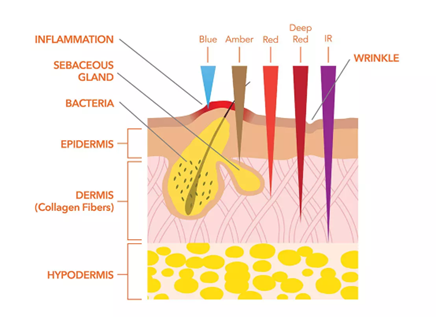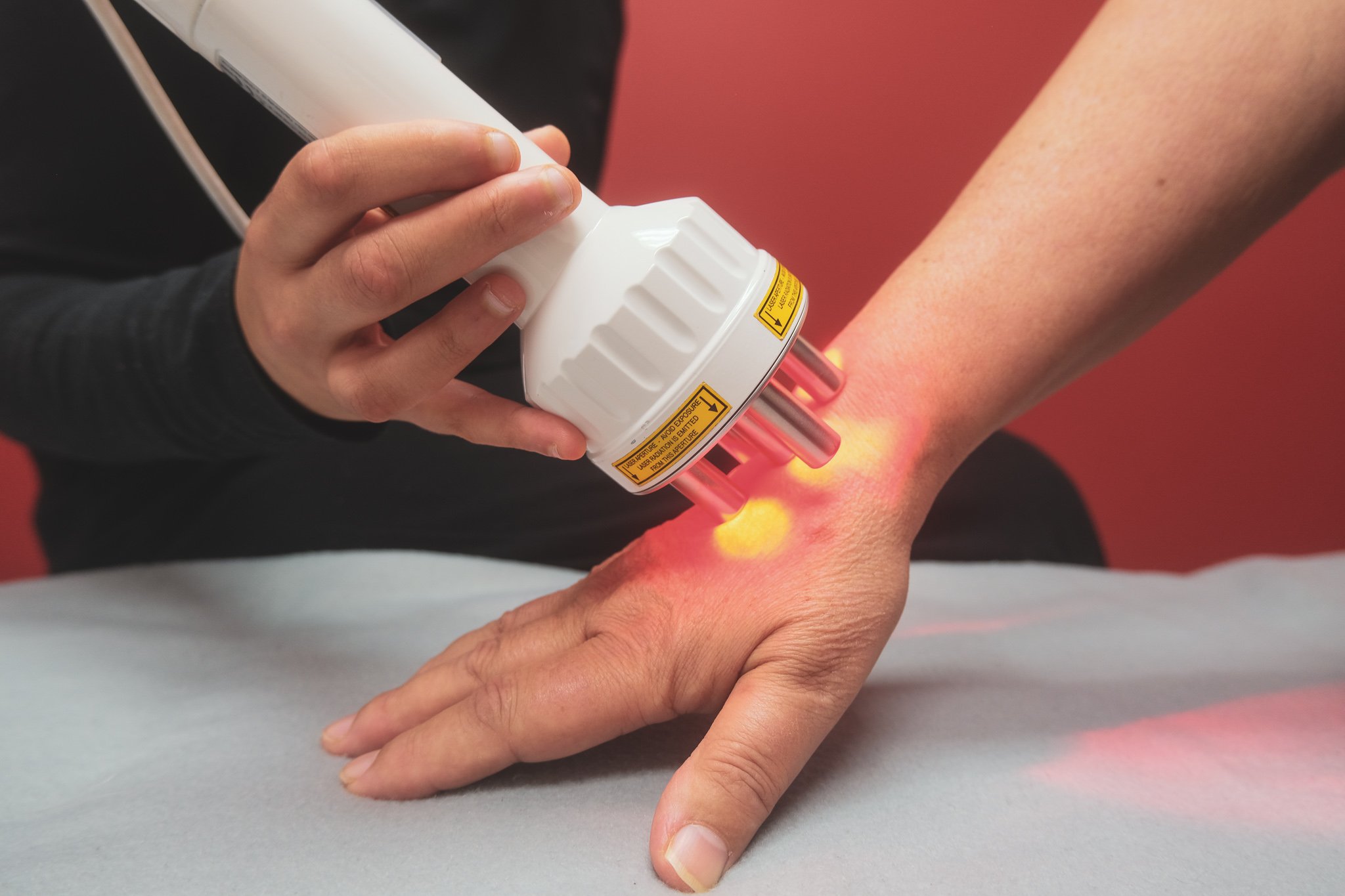Rumored Buzz on Photobiomodulation
Wiki Article
The 9-Minute Rule for Photobiomodulation
Table of ContentsNot known Details About Photobiomodulation Indicators on Photobiomodulation You Need To KnowThe 2-Minute Rule for PhotobiomodulationSome Ideas on Photobiomodulation You Should Know
Laser therapy is a medical therapy that uses concentrated light to stimulate a process called. Throughout PBM, photons go into the tissue and communicate with the cytochrome c complex within mitochondria. This interaction sets off a biological cascade of occasions that causes an increase in cellular metabolic rate, which can in addition to increase the recovery procedure.There is consensus that the application of a therapeutic dose of light to damaged or useless tissue brings about a mobile feedback moderated by mitochondrial systems. Photobiomodulation. Studies have actually shown that these adjustments can affect discomfort and inflammation, along with, cells repair service
Modifications in ATP, responsive oxygen types and nitric oxide adhere to light absorption by Cc, O. These results are redox state and dosage reliant.

What Does Photobiomodulation Do?
PBM devices have been removed for marketing by FDA through the Premarket Notification/510( k) procedure as adjunctive gadgets for the short-lived relief of pain. These clearances were based on the presentation of clinical information to support such claims (Photobiomodulation). In this therapy, a source of light is put near or touching the skin, enabling the light energy (photons) to penetrate cells where it interacts with chromophores situated in cells causing photophysical and photochemical adjustments that bring about modifications at the molecular, mobile and tissue levels of the bodyInterestingly, current research indicates that light can improve performance in normal cells and cells. The possible applications of PBMT are various and are being checked out experimentally at the basic scientific research, pre-clinical and medical level. The present professional uses are for the relief of pain and swelling and the treatment of sports injuries.

The therapy parameters and number of sessions needed for PBMT are reliant upon place and reason. PBMT usually calls for greater than one therapy for optimal discomfort alleviation. reference It might take a number of treatments for the outcomes to come to be apparent. records that it can take anywhere from 8 to 30 sessions for a therapy to be totally reliable, and some patients locate it required to undertake therapy two to four times weekly.
Photobiomodulation Things To Know Before You Get This
Treatment parameters for PBMT were initially developed making use of cells artificial insemination and in small pet designs. These therapy criteria generally had a low irradiance and fluence and worked well for cutaneous applications. When medical professionals started to make use of PBMT to treat frameworks that were located deeper in the body, they utilized these criteria with adverse outcomes.
We currently understand that these adverse studies were due to incorrect device and therapy criteria for transcutaneous treatment of deeper structures. Recent developments in laser treatment tools and more research study right into the appropriate does have actually dramatically improved the results of PBMT. For treating deep cells, the wavelength of light used establishes the depth of infiltration right into a cells.
Therefore, it is very important that a clinician uses the appropriate wavelength of light and parameters to treat a problem. One wavelength and one collection of therapy criteria will not be reliable for all conditions. Unfavorable negative effects have not been reported from the use of PBMT (Photobiomodulation). Updated June 27, 2016Juanita j
Light therapy is a non-invasive therapy that works by increasing the ability of the cell to create power (ATP) to recover additional reading the area being dealt with. Because of this, it can reduce swelling, swelling, and discomfort in the location. Research study in this field is expanding, with more thorough study papers connected below for those that want to discover more.
The 5-Minute Rule for Photobiomodulation
In the first experiment, Dr. Endre Mester, utilized shaved rats and observing just how the laser affected their capability to grow hair contrasted to the team that was not getting LLLT. He located that the group of computer mice obtaining LLLT had the ability to grow their hair back extra quickly than the group of computer mice that really did not obtain LLLT (Hoon C, et al; 2012).This therapy is called this way to set apart the difference in between the lasers some occupations make use of to reduce (eg. Low-level light treatment is painless, non-invasive treatment.
LLLT the original source has a biphasic reaction, meaning that lower doses are generally seen to be extra helpful than greater doses. That being claimed, doses greater or reduced than the optimum dose does not impact (Hoon C, et alia; 2012). Consequently, it can be challenging to have research studies on LLLT with numerous specifications.
Some firms combined the 2 (LED and laser) to offer a much more well-shaped therapy since lasers can pass through deeper than LED and infrared light (Norman Doidge, The Mind's Method of Healing, 2015). During treatment, the area that is being dealt with is revealed to LED light from a Biography, Flex Laser, which goes to 660 nm wavelength, complied with by infrared light at 830-840 nm wavelength.
Report this wiki page